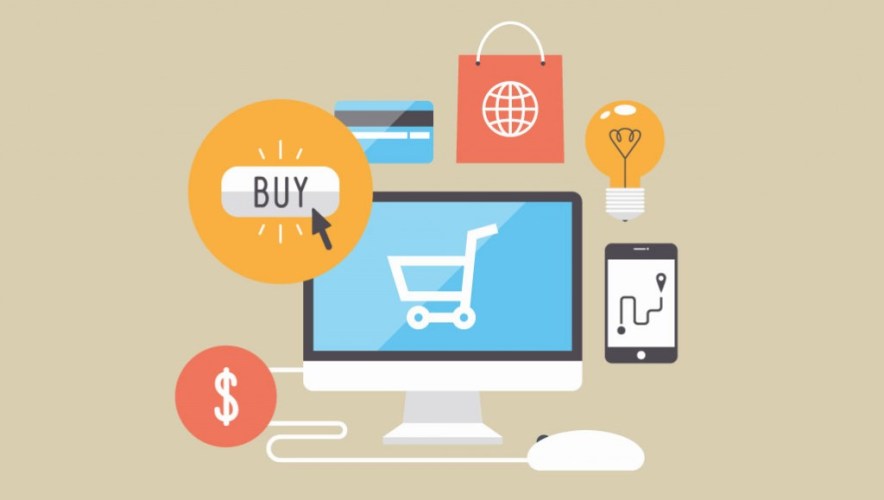Top Five Areas in Digital Commerce that COVID-19 Will Change - Gartner
 Gartner, Inc. has identified five areas of digital commerce that will change due to shifting customer buying behaviors and accelerated digital investment in response to the COVID-19 pandemic.
Gartner, Inc. has identified five areas of digital commerce that will change due to shifting customer buying behaviors and accelerated digital investment in response to the COVID-19 pandemic.
“Digital commerce has played an important role during the pandemic by enabling organizations to continue serving customers. Some customer behavioral changes, such as shopping online and becoming more health- and safety-conscious, will be long term,” said Sandy Shen, senior research director at Gartner. “Measures implemented by organizations during the pandemic, such as enabling new go-to-market (GTM) models and new types of customer engagement are likely to remain, thus evolving digital commerce.”
Gartner has identified the top five areas in digital commerce that will change as a result of COVID-19. Application and IT leaders must understand these changes and adjust investment plans and technology platforms to keep their digital commerce offerings competitive in the coming years.
Contactless Commerce
Contactless commerce allows customers to conduct buying activities without touching public structures or hardware, and without getting in close contact with another person. Gartner predicts that by 2024, 80% of ordering and replenishment will be touchless for most organizations.
Organizations and consumers will start to see more contactless checkout for in-store purchases, like what many grocery stores already offer. More organizations will offer contactless payments, contactless pickup and delivery for customers and enable contactless commerce operations where organizations can use robotics, artificial intelligence (AI) and computer vision to assist employees with store-level merchandising, pricing, and pick-and-pack at warehouses.
Visual Configuration
Visual configuration tools enable sales representatives and customers to see a 2D or 3D visual representation of the product they want to order, with the options and features that they have selected, without having to visit a physical showroom. Although visual configuration is currently lightly adopted with less than 1,500 deployments globally, software vendors have reported a significant uptick in business because of the pandemic. In the future, these tools may reduce the need for samples and showrooms and enable more customer self-service when buying configurable products.
Live Commerce
Live commerce uses live video streaming to demonstrate products and interact with shoppers in real time to encourage purchases. The livestream function can be embedded in commerce platforms or offered by online marketplaces and social networks with purchase links or check-out functions.
“Many organizations saw sales plummet during COVID-19. In China, organizations turned to livestream platforms, such as Douyin and Kuaishou, to connect with customers. Although live commerce has already been used for fashion and beauty products, many traditional organizations began using these platforms after their offline businesses were completely shut down by the pandemic,” said Ms. Shen. “Outside China, live commerce is in an early stage where there are few livestream platforms or vendor solutions, however, brands that have leveraged livestreaming for selling or customer engagement are seeing early success. Some retailers are offering personalized shopping using live chat to help customers find the right products in their shops, though viewership and sales are still lagging at this stage.”
B2B Consumerization
Many organizations changed their selling models during COVID-19 to prioritize digital channels such as live chat, video chat, social and mobile apps to engage customers. These consumer-like selling and engagement models are expected to continue post-pandemic as they are as effective as the traditional ways of selling. As younger generations enter the workforce and take buying positions, they expect compelling customer experiences like what they get from B2C shopping. Technologies promoting intuitive user experience and anytime anywhere availability of comprehensive buying and management functions will gain traction.
Enterprise Marketplace
Enterprise marketplaces are online marketplaces operated by organizations that enable third-party sellers to sell directly to end customers. Enterprise marketplaces represent not only a new set of technologies for driving digital commerce revenue, but also a fundamental business model change for commerce organizations, propelling them toward digital business. This contributes to improved experiences for buyers and sellers, better efficiency in the buying and selling processes, more efficient supply chains and new revenue sources. Organizations that deployed enterprise marketplaces prior to the onset of the pandemic were less disrupted than those who only sold first-party products. In fact, Gartner predicts that by 2023, organizations that have operated enterprise marketplaces for more than one year will see at least 10% increase in digital revenue.




